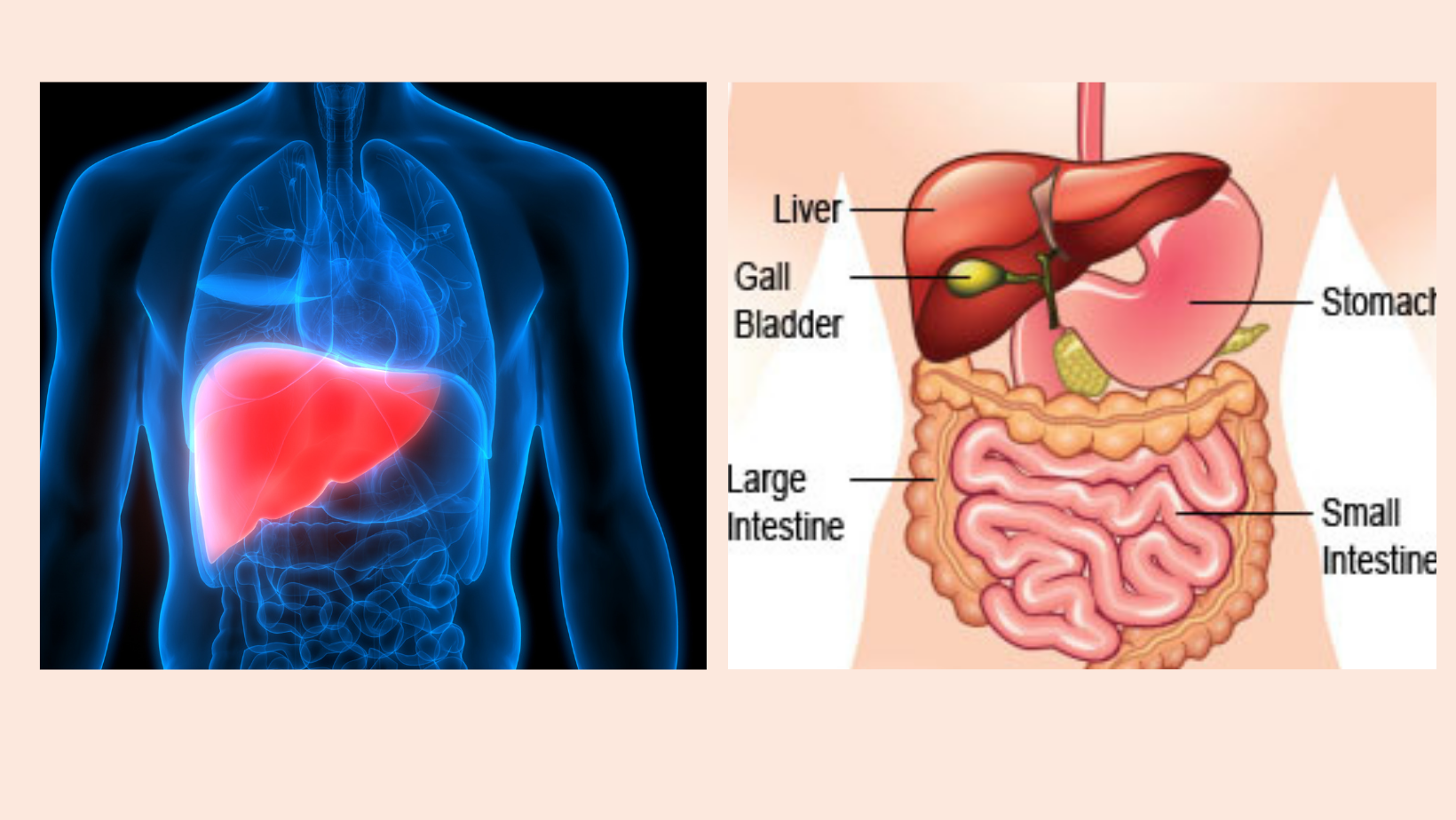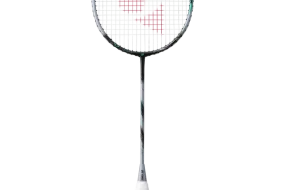
What is liver
The liver is the body’s biggest solid organ. It eliminates pollutants from the bloodstream, controls blood clotting, and conducts hundreds of other essential tasks. It’s in the right upper abdomen, beneath the rib cage.
What is the role of the liver?
The liver’s functions
The liver controls the majority of chemical levels in the blood and excretes bile. This aids in the removal of waste materials from the liver. The liver filters all of the blood that leaves the stomach and intestines.The liver processes blood, breaking down, balancing, and creating nutrients, as well as metabolizing medicines into forms that are simpler to use or harmless for the rest of the body. The liver is responsible for more than 500 essential processes.The following are some of the most well-known functions:
Bile production, which aids in the removal of waste and the breakdown of lipids in the small intestine during digestion.
Certain proteins are produced for blood plasma.
Cholesterol and specific proteins are produced to aid in the transport of fats throughout the body.
Excess glucose is converted to glycogen for storage (glycogen can afterwards be converted back to glucose for energy), and glucose is balanced and made as needed.
Amino acid levels in the blood, which are the building blocks of proteins, are regulated.
Hemoglobin is processed to make use of its iron content (the liver stores iron)
The process of converting toxic ammonia to urea (urea is an end product of protein metabolism and is excreted in the urine)
Getting rid of drugs and other harmful chemicals from the blood
Controlling blood clotting
Making immune factors and eliminating germs from the circulation to fight illnesses
Bilirubin clearance, including from red blood cells. The skin and eyes turn yellow when there is an excess of bilirubin.
By-products of the liver’s breakdown of toxic chemicals are expelled in the bile or blood. Bile by-products pass through the gut and exit the body as feces. The kidneys filter out blood by-products, which then exit the body in the form of urine.
There are 2 distinct sources that supply blood to the liver, including the following:
- Oxygenated blood flows in from the hepatic artery
- Nutrient-rich blood flows in from the hepatic portal vein
The liver holds about one pint (13%) of the body’s blood supply at any given moment. The liver consists of 2 main lobes. Both are made up of 8 segments that consist of 1,000 lobules (small lobes). These lobules are connected to small ducts (tubes) that connect with larger ducts to form the common hepatic duct. The common hepatic duct transports the bile made by the liver cells to the gallbladder and duodenum (the first part of the small intestine) via the common bile duct
What You Should Know About Liver Diseases
Your liver is responsible for a number of functions that keep you healthy. It converts nutrients into the chemicals that your body requires. Poisons are filtered out. It aids in the conversion of food into energy. When your liver isn’t functioning properly, it can have a negative impact on the rest of your body.
Infections
Sometimes the issue is an infection that causes your liver to become inflamed. The most prevalent cause is viral hepatitis, which includes:
Hepatitis A is a kind of hepatitis that affects the The majority of people get it by eating or drinking anything contaminated with feces. There’s a chance you don’t have any symptoms. It generally goes away on its own after 6 months with no long-term consequences.
Hepatitis B is a kind of hepatitis that affects the You contract it from another person, for example, through unprotected intercourse or drug use using sharing needles. It increases your risk of liver cancer and other illnesses if it lasts more than 6 months.
Infected blood enters your bloodstream, causing hepatitis C. It’s possible to get it if you use drugs with shared needles or if you have HIV. If you work in health care, it’s possible that you’ll catch it via an infected needle that you unintentionally stab yourself with. Symptoms may not appear for several years. Hepatitis C is a danger for baby boomers for unknown reasons, and they should be checked for it.
Problems with the Immune System
Ynvaders such as germs and viruses are fought by your immune system. However, it is possible that it will go wrong and target one or more areas of your body, including your liver.
Your liver becomes inflamed as a result of autoimmune hepatitis. It can cause a variety of additional problems, including liver failure. Girls and women are more likely to be affected than boys and men.
Primary biliary cholangitis affects the bile ducts, which are small tubes in the liver. They transport bile, a substance that aids digestion. When your bile ducts are damaged, bile backs up into your liver, scarring it. This affects women more frequently than males.
Scarring in the bile ducts is caused by primary sclerosing cholangitis, which can lead to obstruction. Your liver becomes clogged with bile, making it more difficult for it to operate. It has the potential to induce liver cancer and necessitate a liver transplant in the future. Men are more likely than women to have it.
Tumors and Cancer
If cancer has progressed to your liver, it is most likely from another region of your body, such as your lungs, intestines, or breasts. However, certain malignancies can begin in the liver.
Women are more likely than males to have liver cancer, and African-Americans are more likely than whites to develop it. Hepatocellular carcinoma is what your doctor would name it. It’s more likely if you have hepatitis or use excessive amounts of alcohol.
Bile duct cancer affects the tubes that transport bile, a digestive fluid, from your liver to your small intestine. This type of cancer primarily affects persons over the age of 50, however it is very uncommon.
Functions
The liver is a gland that performs a variety of tasks. It’s impossible to offer a specific number because the organ is still being studied, however the liver is estimated to have 500 different jobs.
The liver’s main functions include:
Bile production: Bile aids in the digestion and absorption of fats, cholesterol, and certain vitamins in the small intestine. Bile salts, cholesterol, bilirubin, electrolytes, and water make up bile.
Bilirubin is produced when hemoglobin is broken down, and it is absorbed and metabolized. The iron released by hemoglobin is stored in the liver or bone marrow and is utilized to create new blood cells.
Vitamin K is required for the production of certain coagulants, which aid in the clotting of blood. Bile is produced in the liver and is necessary for vitamin K absorption. Clotting factors cannot be generated if the liver does not produce enough bile.
Bile is a digestive enzyme that breaks down lipids and makes them simpler to digest.
Carbohydrates are stored in the liver, where they are broken down into glucose and released into the circulation to keep blood glucose levels normal. They are stored as glycogen and released when an energy burst is required.
Vitamin and mineral storage: Vitamins A, D, E, K, and B12 are all stored in the liver. It stores a substantial amount of these vitamins. As a backup, several years’ worth of vitamins are sometimes kept on hand. Iron from hemoglobin is stored in the liver as ferritin, which is ready to be used to build new red blood cells. Copper is stored and released by the liver.
Aids in the digestion of proteins: Bile aids digestion by breaking down proteins.
Filters the blood: The liver filters and eliminates substances from the body, such as hormones like estrogen and aldosterone, as well as substances from outside the body like alcohol and other narcotics.
The liver is a component of the mononuclear phagocyte system, which plays an important role in immunity. It has a large amount of Kupffer cells, which play an important role in immunological function. Any disease-causing substances are destroyed by these cells. Trusted Source that may reach the liver via the intestine.
Albumin production: Albumin is the most abundant protein in blood serum. It carries fatty acids and steroid hormones to keep blood pressure in check and prevent blood vessels from leaking.
Synthesis of angiotensinogen: When the kidneys produce an enzyme called renin, this hormone elevates blood pressure by constricting blood vessels.




